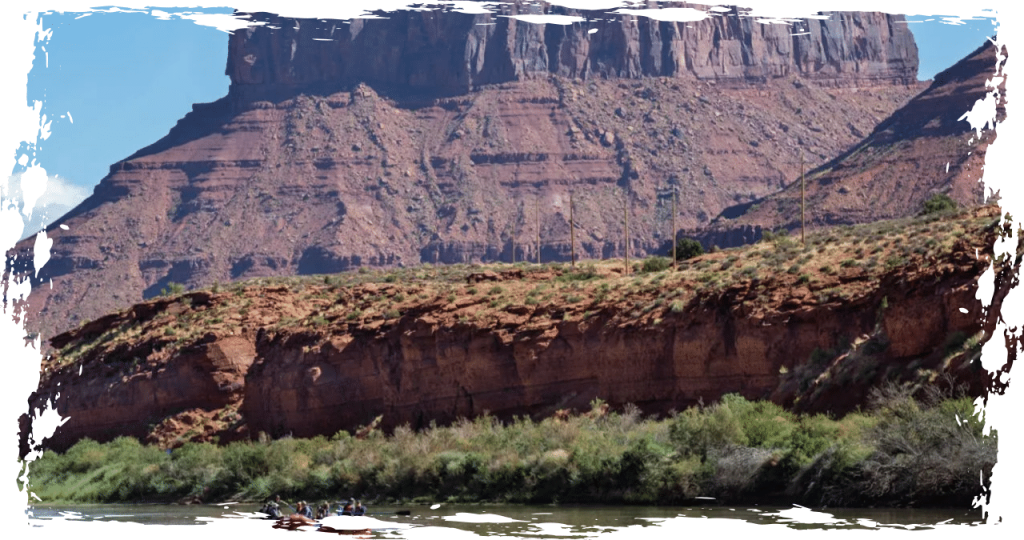Last year, Matthew L.M. Fletcher shared a concerning statistic on SCOTUSBlog. According to Fletcher, “thirty percent of Navajo Nation citizens do not have access to running water.” The Navajo Nation is not only the largest indigenous nation in the United States but also the most populated, with a land area comparable to that of West Virginia. It is truly unsettling to learn that such a vast region lacks such a fundamental necessity. However, there is hope that this situation might soon be addressed.
As reported by Tyrone Beason in the Los Angeles Times, the Navajo, Hopi, and San Juan Southern Paiute tribes have reached a settlement with the state of Arizona regarding water rights in the Colorado River Basin. This settlement is in line with previous agreements made with Utah and New Mexico. The next crucial step, according to Beason, is to obtain Congressional approval for these agreements.
Experts mentioned in the Times article highlighted that the agreement would not only provide federal funding for infrastructure but also ensure the provision of river basin water to the Navajo Nation. This water source, they emphasized, would be less contaminated compared to groundwater.
Navajo Nation Speaker Crystalyne Curley expressed her satisfaction with the settlement, emphasizing the importance of ensuring access to vital water infrastructure for Navajo families and communities. She believes that this agreement not only addresses their immediate needs but also presents an opportunity for the Nation to thrive and achieve economic prosperity.
Architecture plays a crucial role in addressing drought conditions. By implementing sustainable design strategies, architects can help conserve water resources and mitigate the impact of droughts. They can design buildings that collect and store rainwater, utilize greywater systems for irrigation, and incorporate water-efficient fixtures to reduce water consumption. Additionally, architects can use passive design techniques to minimize the need for mechanical cooling, reducing energy consumption and the associated water requirements. By integrating these strategies into their designs, architects can contribute to the conservation of water and the adaptation to drought conditions.
Making the most of precipitation is crucial.
The affected members of the Indigenous nations impacted by the settlements will have to wait for the federal government to take additional action on the issue. It is essential that this action be taken promptly, as safe and accessible drinking water is a fundamental requirement for all individuals.
